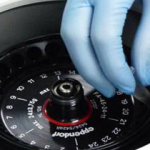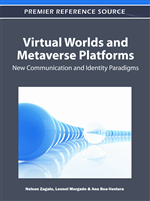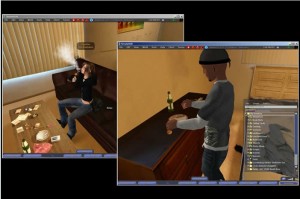 Great to see Aussie innovation delivering some benefits to society as a whole. If you’ve got herpes, you don’t need me to tell you how awful it can be, let alone the infection risk to others. Even better, the company are touting that it may actually help current herpes sufferers. Here’s hoping!
Great to see Aussie innovation delivering some benefits to society as a whole. If you’ve got herpes, you don’t need me to tell you how awful it can be, let alone the infection risk to others. Even better, the company are touting that it may actually help current herpes sufferers. Here’s hoping!
University start-up research results offer hope for herpes sufferers
Coridon Pty Ltd, a University of Queensland (UQ) start-up company established to commercialise Professor Ian Frazer’s work in developing next generation DNA vaccines, has successfully completed pre-clinical efficacy testing of its prototype Herpes Simplex Virus 2 (HSV-2) vaccine, with outstanding results. The company will now look to progress the program into clinical studies.
Collaborating with Professor David Koelle and his colleagues at the University of Washington in Seattle, Coridon tested a number of different formulations of Coridon’s prototype vaccine. These proved 100% effective at protecting animals against HSV-2 infection, confirming an earlier study with the University of Washington which also demonstrated 90-100% protection against infection. These results were presented at the 5th Vaccine and ISV Annual Global Congress in Seattle earlier this month.
Coridon has now secured additional funding from major investor Allied Heal thcare Group (ASX: AHZ) to begin manufacturing the vaccine and conduct pre-clinical safety studies before testing the vaccine in a Phase I clinical study.
“The results of our herpes vaccine mark the beginning of an exciting period,” said Professor Frazer.
“Over the next 12 months, we expect pivotal data showing that our HSV vaccine, which incorporates Coridon optimisation technology, produces similar immune responses in the clinic to those seen in the animal trials.â€
Working at UQ Diamantina Institute, Coridon is developing DNA vaccines for the prevention and treatment for a range of infectious diseases and cancers in humans, utilising the company’s patented technology.
David Henderson, Managing Director of UQ’s main commercialisation company, UniQuest Pty Limited, said Coridon’s recent results and support from investors such as Allied Healthcare Group demonstrated the valuable contribut ion Australian university-based research is having on concerted efforts to address a global health challenge and on Queensland’s reputation in the biotechnology industry.
“Coridon’s DNA vaccine technologies differ from conventional vaccines in that they offer both preventative and therapeutic value,†Mr Henderson said.
“With extremely common infections such as HSV-2, pre-clinical results like this offer hope to people suffering from the pain and fear of spreading the contagion, as well as to governments looking to ease the enormous economic burden – it’s costing larger countries like the US more than $1 billion a year to manage.
“Collaborating with other universities to find a preventative and therapeutic solution, and partnering with companies like Allied Healthcare, will help Professor Frazer and his research team translate their ideas into a vaccine much sooner,†Mr Henderson said.
Allied Healthcare Group’s Managing Director, Mr Lee Rodne, said: “These data provide fantastic validation to the Coridon platform which could be applied to a number of infectious diseases. We are excited about the path forward for the program as it moves toward clinical studies.â€
Professor Frazer’s work at Coridon follows the success of his discovery with the late Dr Jian Zhou of a basis for a cervical cancer vaccine (Gardasil), which was also commercialised by UniQuest.







Recent Comments